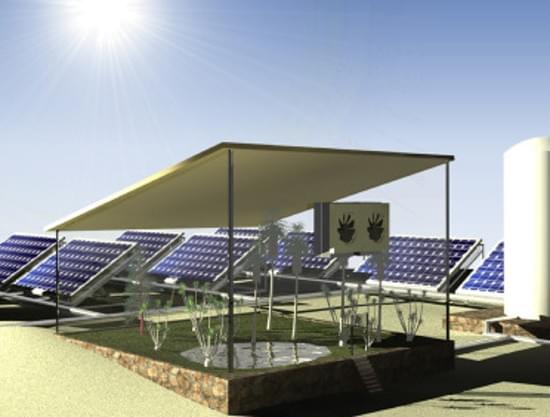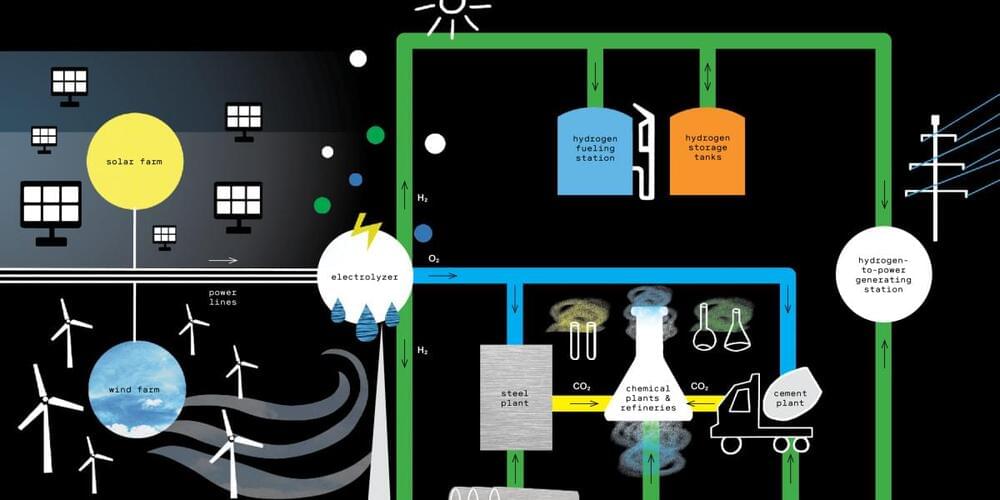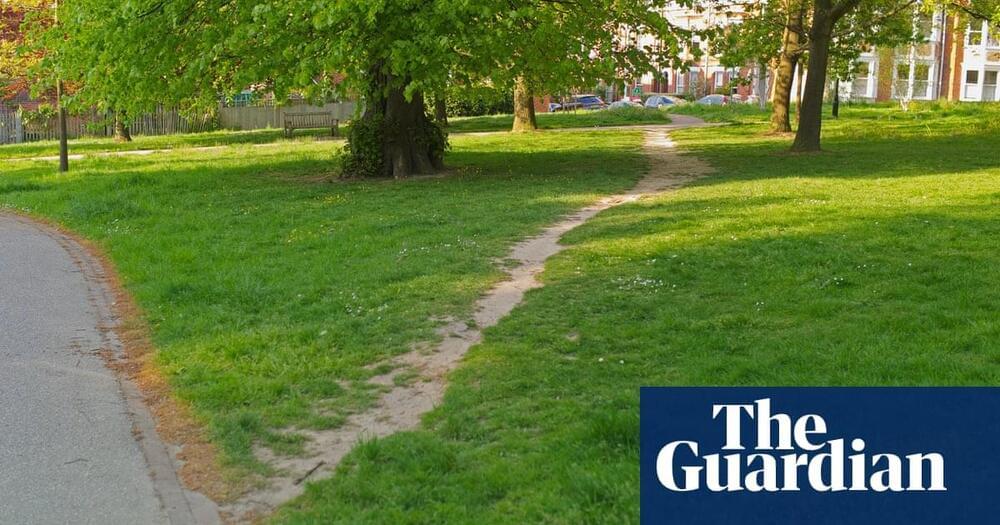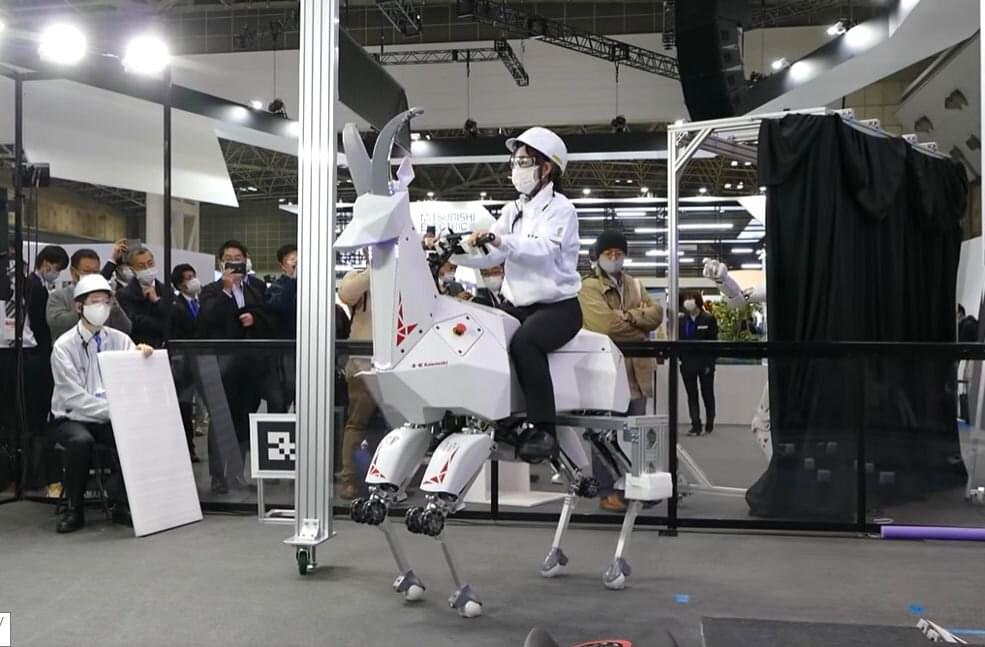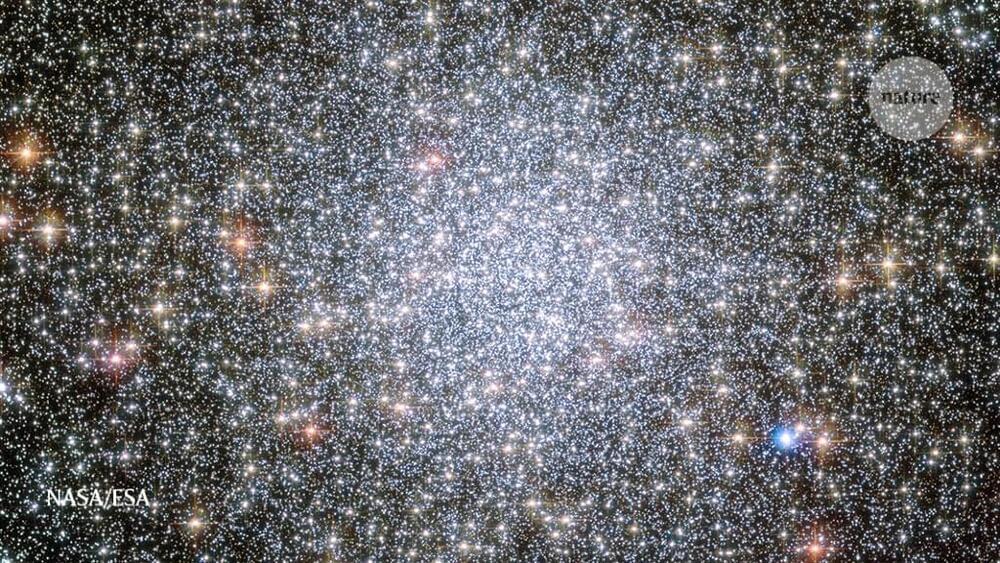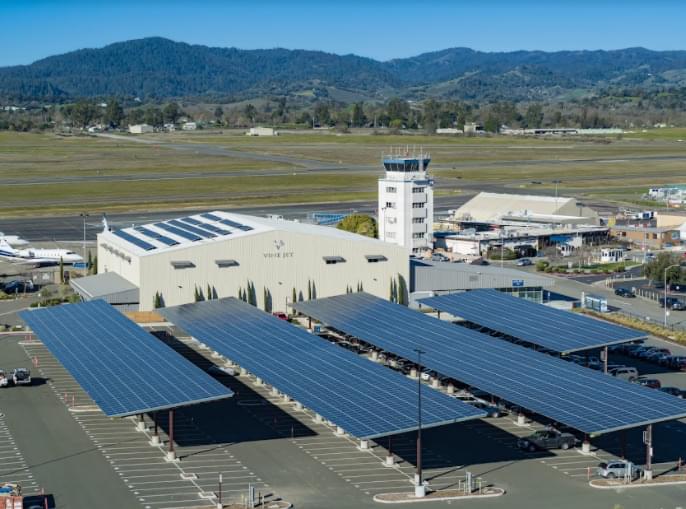Mar 21, 2022
Malware That Can Survive OS Reinstalls Strikes Again, Likely for Cyberespionage
Posted by Shubham Ghosh Roy in category: cybercrime/malcode
A new malware strain that can survive operating system reinstalls was spotted last year secretly hiding on a computer, according to the antivirus provider Kaspersky.
The company discovered the Windows-based malware last spring running on a single computer. How the malicious code infected the system remains unclear. But the malware was designed to operate on the computer’s UEFI firmware, which helps boot up the system.
The malware, dubbed MoonBounce, is especially scary because it installs itself on the motherboard’s SPI flash memory, instead of the computer’s storage drive. Hence, the malware can persist even if you reinstall the computer’s OS or swap out the storage.

